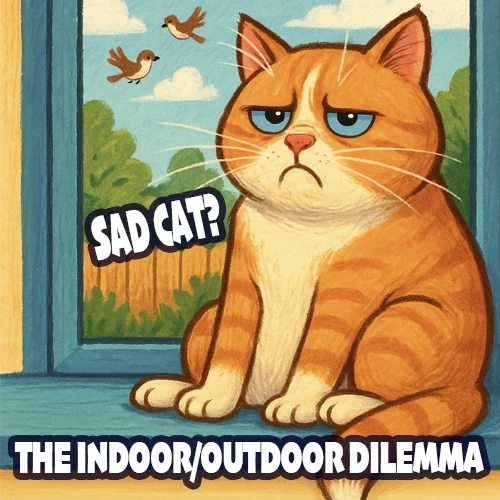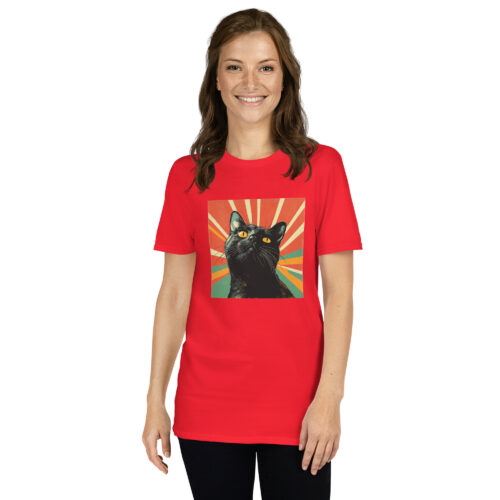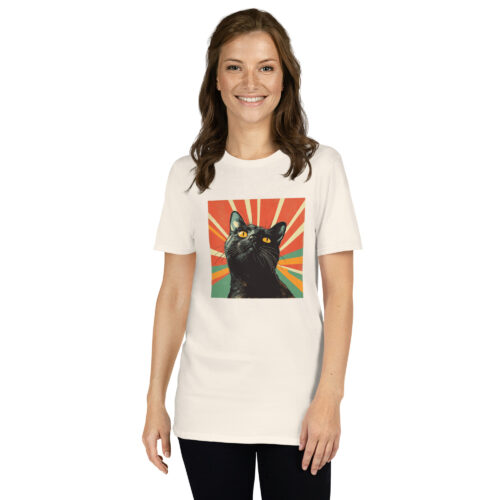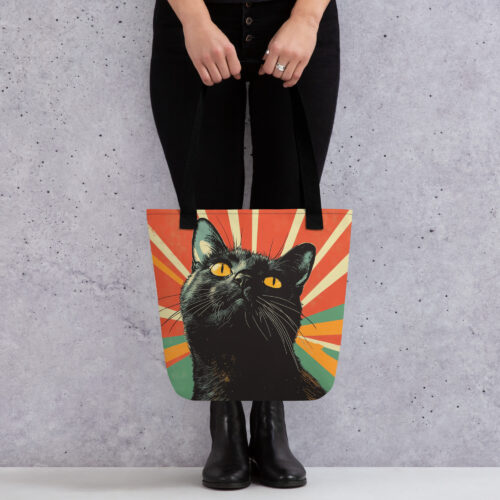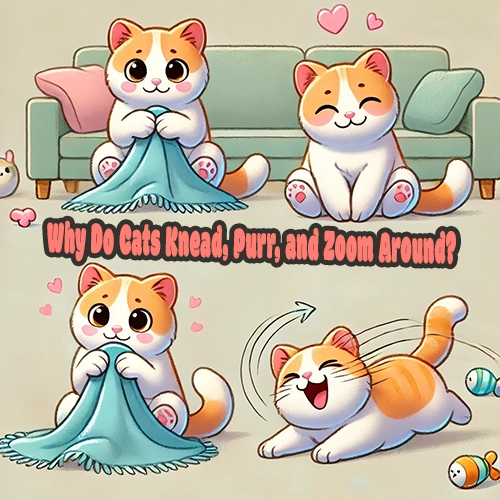
Understanding Your Cat’s Behavior: Why Do Cats Knead, Purr, and Zoom Around?
Table of Contents
Hello cat parents! Let’s take a little journey into understanding some of those quirky cat behaviors that leave us amused, confused, and curious all at once. If you’ve ever wondered why your furry friend kneads your lap like a piece of dough, purrs so loudly they could outshine a lawnmower, or suddenly darts around the house like they’re in a kitty marathon, you’re in the right place.
In this post, we’ll unpack these beloved cat behaviors—kneading, purring, and those infamous zoomies—in a way that’s easy to understand. So, grab a cup of tea (or coffee), cuddle up with your cat (if they’re in the mood), and let’s get started.
Why Do Cats Knead?

If your cat has ever pressed their paws into your lap in a steady rhythm, you’ve experienced “kneading.” Some people call it “making biscuits” because it looks like the cat is kneading dough. But why do they do this?
1. Comfort and Nostalgia
Cats start kneading as kittens while nursing. Kneading helps stimulate their mother’s milk flow, creating a comforting association. When your grown cat kneads your lap, it’s likely because they feel safe and content, much like they did as kittens.
2. Marking Territory
Cats also have scent glands in their paw pads. When they knead, they’re actually marking you with their scent, subtly claiming you as their own. It’s a cat’s way of saying, “You’re mine!”—and what a sweet gesture that is.
3. Preparing a Cozy Spot
In the wild, cats knead to make a soft spot to rest. It’s a natural instinct that’s carried over to domestic cats. Whether it’s your favorite blanket or your stomach, they’re just trying to make things comfortable.
Key Takeaway: Kneading is a sign of love, comfort, and trust. If your cat kneads on you, consider it a compliment—they’re feeling relaxed and at home.
Why Do Cats Purr?
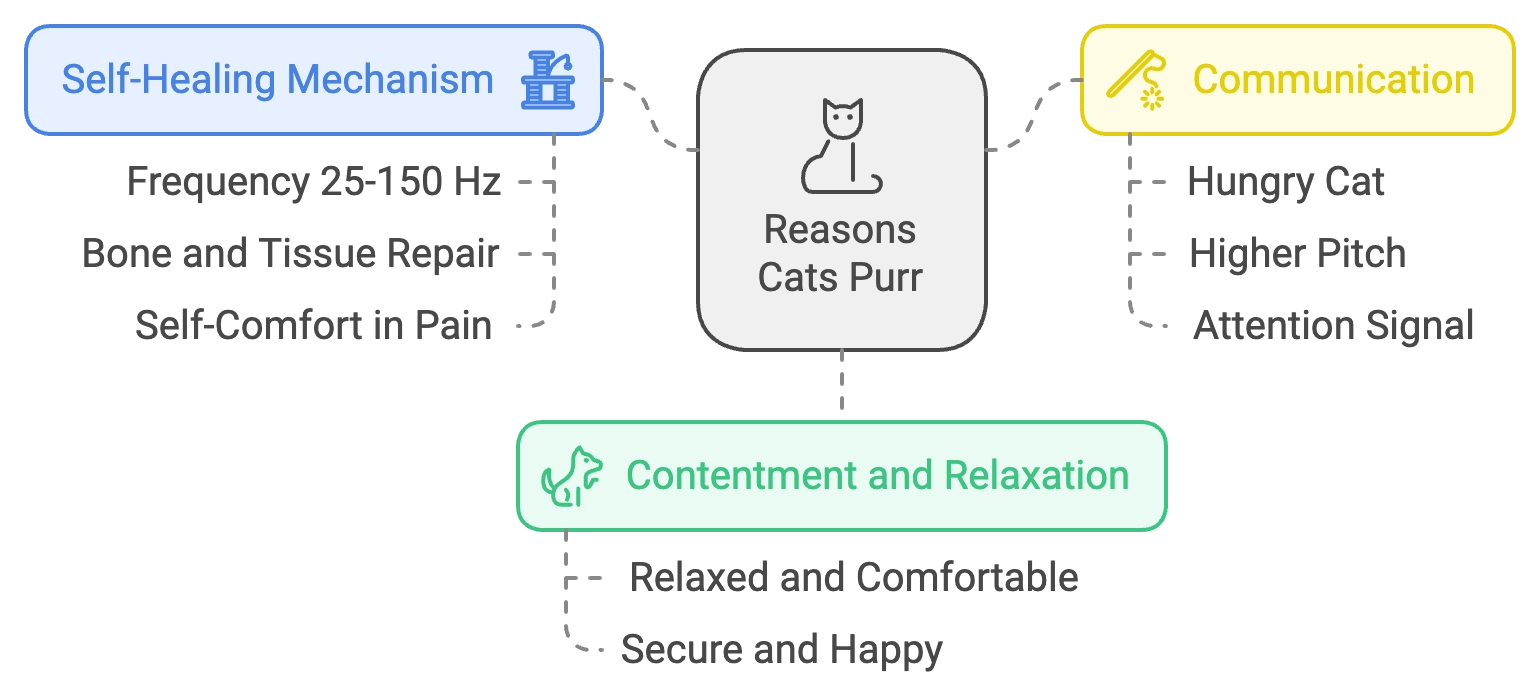
Purring is perhaps the most iconic of all cat behaviors. The low, rumbling sound can mean a variety of things, and while it’s often a sign of contentment, there’s more to it than just a happy kitty.
1. Contentment and Relaxation
Most commonly, cats purr when they’re relaxed and comfortable. If your cat is curled up in your lap, purring away, it’s a sure sign they’re happy and feeling secure. Think of it as their way of saying, “This is the life.”
2. Self-Healing Mechanism
Interestingly, purring may also serve as a form of self-healing. The frequency of a cat’s purr—typically between 25 and 150 Hertz—is thought to promote bone and tissue repair. Cats may purr when they’re in pain or stressed as a way to comfort themselves and even aid in their recovery.
3. A Way to Communicate
Cats may also purr to communicate with their humans or other animals. For example, a hungry cat might purr with a slightly higher pitch to signal that they’re ready for dinner. It’s their way of getting your attention without the full-on “meow” demand.
Key Takeaway: Cats purr for many reasons—contentment, self-healing, and even communication. Pay attention to the context to understand what your kitty is trying to tell you.
The Zoomies: Why Do Cats Suddenly Zoom Around?
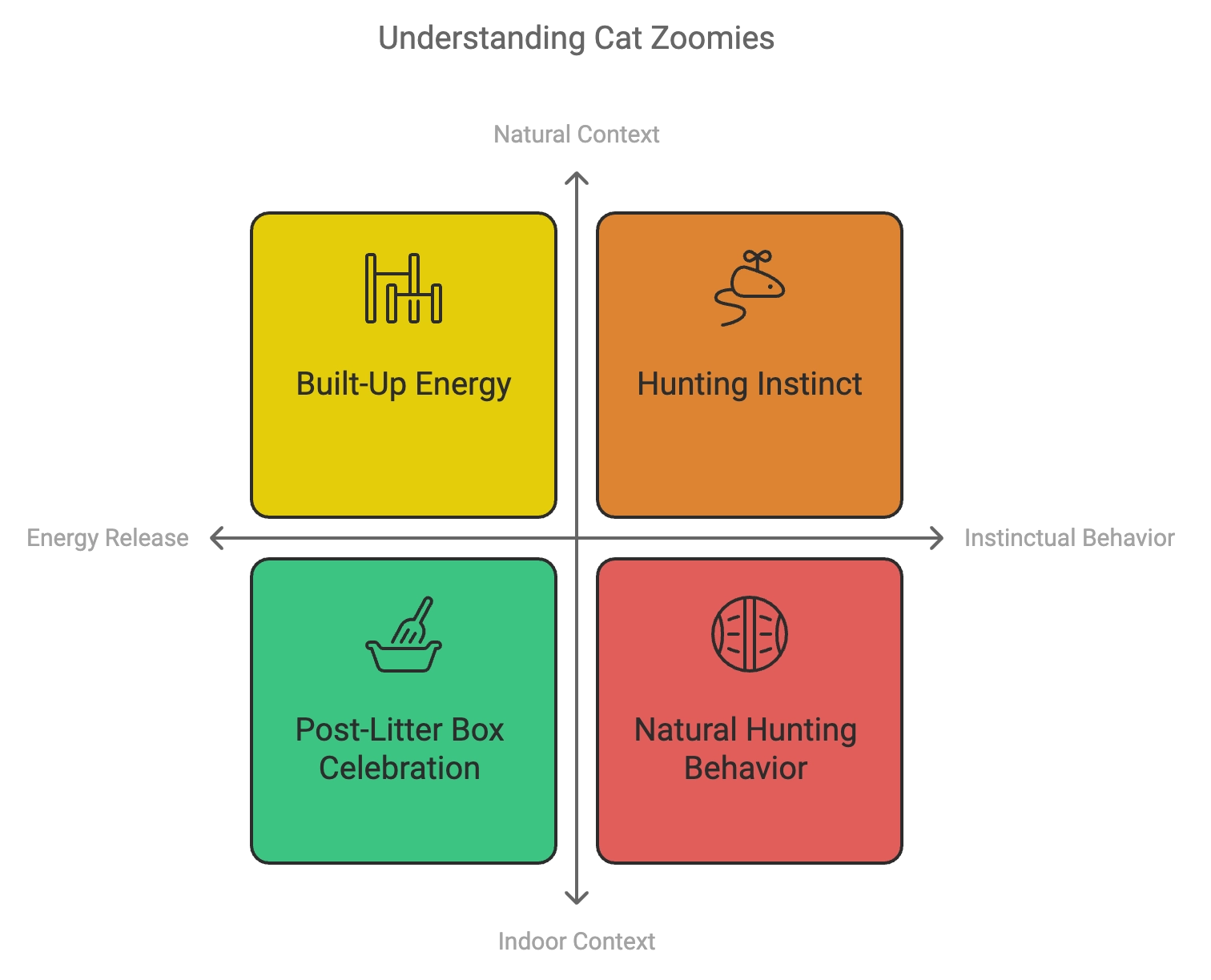
We’ve all seen it: one moment your cat is lounging peacefully, and the next they’re darting around the house at lightning speed, eyes wide, tail puffed up. These bursts of energy are lovingly referred to as “zoomies.” But why do they happen?
1. Built-Up Energy
Cats, especially those who live indoors, often have bursts of pent-up energy. In the wild, cats are natural hunters, which means they’re used to periods of intense activity followed by rest. When your cat has been lounging all day, those zoomies are a way to release all that built-up energy.
2. Hunting Instinct
Zoomies are also linked to a cat’s hunting instinct. Cats are crepuscular, meaning they’re most active during dawn and dusk. If your cat is zooming around early in the morning or late at night, they’re just following their natural instincts to hunt and play.
3. Post-Litter Box Celebration
Have you ever noticed your cat zooming around right after using the litter box? Some cats do this as a way of celebrating a job well done. It may also be their way of distancing themselves from the area—a throwback to their instinct to avoid predators by moving away from their waste.
Key Takeaway: Zoomies are normal and healthy! They’re a way for your cat to release energy and follow their natural instincts. Providing plenty of playtime and toys can help manage these bursts of activity.
How to Support Your Cat’s Natural Behaviors
Understanding these behaviors can help you create an environment that supports your cat’s natural instincts and keeps them happy. Encouraging kneading can be as simple as providing your cat with soft blankets or cushions to knead, which helps them feel secure and comfortable. If your cat likes to knead on you, allowing them to do so—if it’s comfortable for you—can be a great bonding experience that shows their trust.
To create a purr-inducing environment, make sure your cat has plenty of cozy spots to curl up and relax. Cats purr most when they feel secure, so providing comfortable spaces and giving gentle pets when they’re in the mood can enhance their comfort and happiness.
For managing those zoomies, interactive play is key. Toys like feather wands or laser pointers can help your cat release energy in a focused and fun way. Scheduling regular play sessions, especially during the times cats are naturally more active—early mornings or evenings—can also help reduce random bursts of energy at inconvenient times, like the middle of the night.
Key Takeaway: Supporting your cat’s natural behaviors means providing them with the right environment, comfort, and stimulation. This will help keep your kitty content and well-adjusted.
Common Questions About Cat Behaviors
1. Is Kneading Ever a Bad Thing?
Kneading is almost always a positive behavior, but if your cat’s claws are sharp, it can be painful. Keep their nails trimmed, or place a soft blanket between your cat and your lap to make kneading more comfortable.
2. Should I Be Concerned if My Cat Doesn’t Purr?
Not all cats purr, and that’s okay! Some cats are just quieter than others. If your cat doesn’t purr but seems otherwise healthy and happy, there’s no need to worry.
3. How Can I Reduce Zoomies at Night?
If your cat’s zoomies are disturbing your sleep, try incorporating more playtime during the evening. A tired cat is more likely to settle down at night. Also, make sure they have plenty of stimulating toys to play with during the day.
Embrace Your Cat’s Quirks
Cats are full of fascinating, sometimes puzzling behaviors that make them the unique companions we adore. Whether they’re kneading your favorite blanket, purring softly in your lap, or zooming around the house at top speed, these behaviors are all part of what makes cats, well, cats. By understanding these actions, we can better appreciate our feline friends and create an environment that meets their needs.
Call to Action: If you enjoyed learning about your cat’s quirky behaviors, why not share a story about your kitty’s funniest kneading, purring, or zooming moment? Join our cat community and connect with other cat parents who love sharing stories just like you do!
Disclosure: This post contains affiliate links. If you purchase through these links, we may earn a commission at no extra cost to you.



